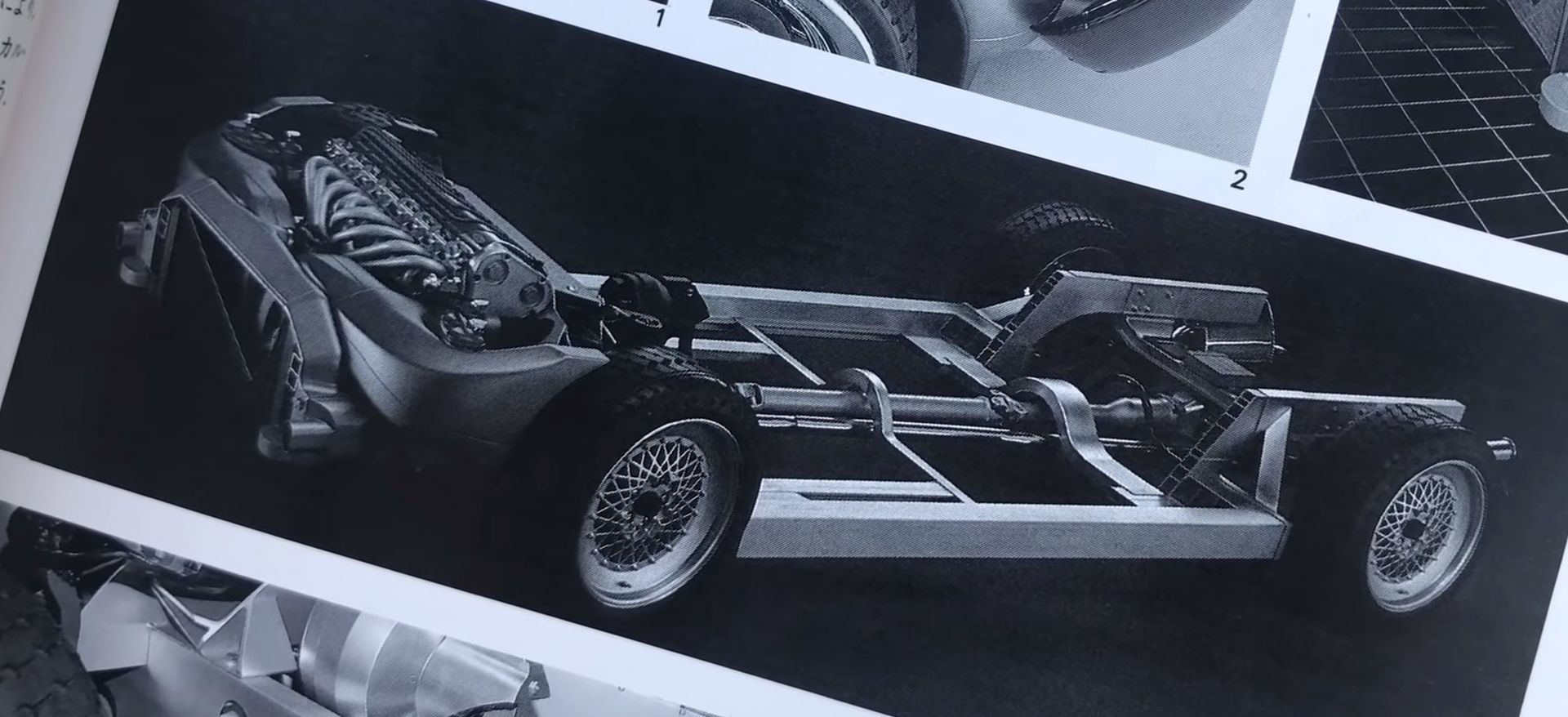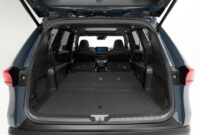when we think of inline eight-cylinder engines, we almost inevitably think of pre-World War II cars. We think of brands like Studebaker or Packard, we think of racing cars like the Mercedes W125 or those cars designed to break speed records on land. Of course, we do not think of conventional cars from the nineties. But in a parallel universe, Ford would have rescued these engines, built completely modular, and would have used them in front-wheel drive cars. As you hear it.
Before getting into flour, a bit of history. Inline eight-cylinder engines were born in the aeronautical world, during the First World War, and it was not until the twenties when they landed in the automotive world, partly because of the experience developed by the manufacturers during the conflict. They were complex engines and very expensive to produce, for this reason, They were mainly used in luxury cars.. Among its advantages, extremely smooth and balanced operation, and great torque at a low rpm.
In prewar cars, straight eights were a sign of prestige and luxury.
An eight-cylinder in-line engine is a very long engine, something that forced car manufacturers to install very long hoods. The balancing of its crankshaft and its camshafts was vital for its proper functioning. After the conflict, the availability of higher octane gasolines exposed some weaknesses of these engines in terms of reliability with high compression ratios. But that was not the cause of his “death”, it was the unstoppable rise of the V8, much more compact, much simpler and above all, much cheaper to produce.
The last eight in the production line left the automotive world in the 50s of the last century. Since then, only inline configuration engines with a maximum of six cylinders have been produced. In the early 1990s, no one thought that producing an affordable and mass car with eight-cylinder in-line engines it was a good idea. Nobody except Ford. Interestingly, Ford never embraced the design in the prewar era, as Ford democratized the V8 by launching its fireproof Model A in 1927. But that’s another story, let’s go back to the ’90s.
Technology advanced over the decades, leaving eight in a row aside.
At the Detroit Motor Show in 1991, the Ford Contour Concept. A conceptual preview of a four-door sedan that would go unnoticed through the Ford range. However, the prototype was statuesque, and boasted of a revolutionary mechanic, called “T-Drive” by Ford. It was an eight-cylinder in-line engine with a four-liter displacement, mounted in a transverse front position, just ahead of the front axle.
It was a modular design mechanics, created from two inline four-cylinder engines. curiously, and for packaging reasons, the crankshaft outlet was located in the central part of the engine. At the output of the crankshaft and in a longitudinal position, the gearbox was located, which sent its power to the rear axle. This configuration in “T” was what gave the name “T-Drive” to the mechanical assembly. Ford intended architecture to be also compatible with front-wheel drive cars and also with all-wheel drive cars.
Cars with T-Drive could have been available with four, six and eight cylinder engines.
The Contour also featured an aluminum chassis, the parts of which were held together by state-of-the-art industrial adhesive – this is how cars like Lotus are built today. Ultimately, Ford dropped the “T-Drive” idea. Although technically it was plausible and would have given Ford a reference technology – like Subaru with the boxers – its production would have required many significant changes to the brand’s model range. A huge investment that the economic situation of the nineties did not allow to assume.
There were also doubts about the vibrations caused by the engine, the weight on the front axle and the damage to dynamic behavior that this could cause. Although it didn’t make it past the prototype stage, working versions of the engine were built and tested, oddly enough mounted in a bland Ford Tempo. Although the “T-Drives” never arrived, Ford applied the idea of modularity to its family of V-shaped engines., launching six-, eight-, and twelve-cylinder engines from the same basic design. Nothing is usually left on deaf ears in this industry.
Although it was a shame that these eight online hit the streets, it has allowed us to tell you this curious story.
Fountain: jalopnik | drivingenthusiast








